Category: Ingleby Moor
-
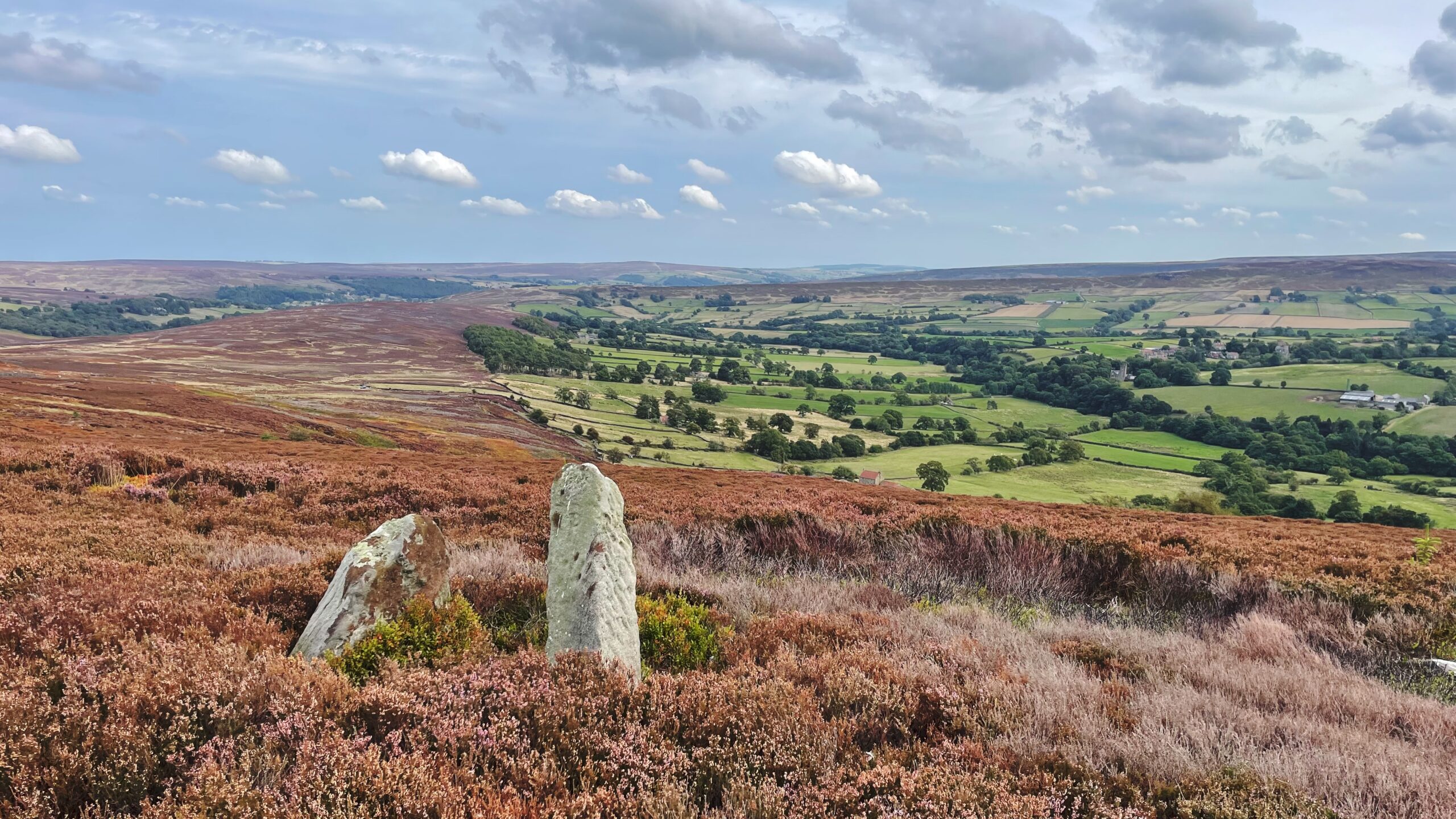
The Pike Stone: From Waste to Common Land
The Pike Stone marks the boundary between the common land of Westerdale and the “wasteland” of Baysdale Moor. At first glance there is little difference: both are heather moor, both are Open Access. Yet the distinction matters, and the Open Spaces Society is seeking to have Baysdale Moor registered as common land. Common land is…
-
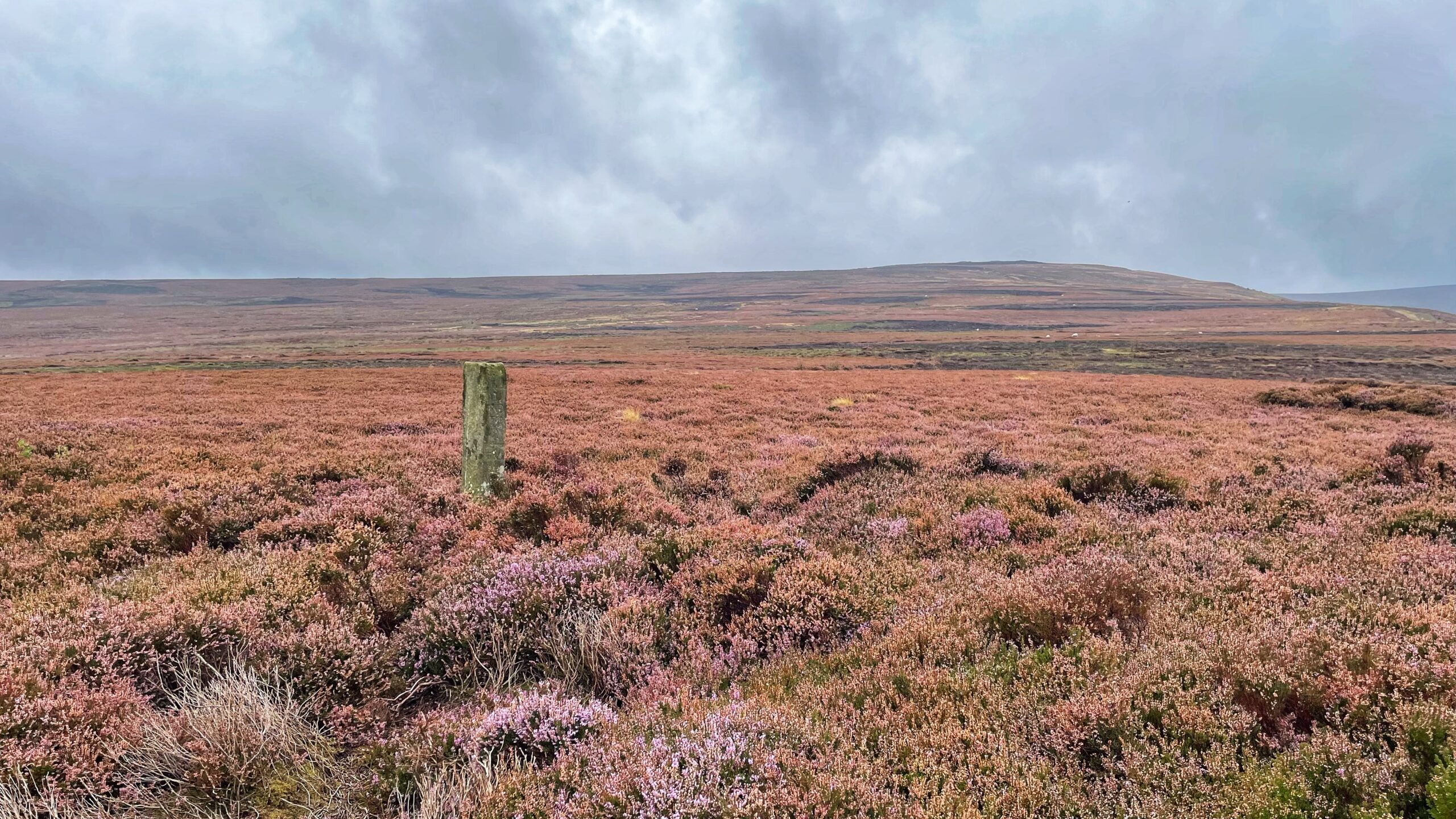
The Last Guidepost of Ingleby Moor
The North York Moors are scattered with standing stones. Silent, weather-beaten markers of human intent. Some once defined the edges of parishes or estates. Others reach much further back, into the medieval and even prehistoric past. Many still bear inscriptions: names, dates, and symbols carved into the rock, turning them into official signposts in a…
-

Before the Ling: Bell Heather in Bloom
The moors will soon flush lilac with the bloom of Ling, but for now it is the Bell heather that holds court. Its deeper purple has lit the hills for weeks. This sweep across Ingleby Moor is the broadest I have seen. Bell heather usually prefers modest clumps, favouring dry ridges, crag tops, and path…
-

The Forgotten Incline of Ingleby Moor
I had heard the National Park was up to something on the old railway incline up Ingleby Moor, so I went to see what the fuss was about. This is not the famous incline that once carried ironstone from Rosedale. It is one that runs roughly 350 metres to the south, leading to the Ingleby…
-

Like mother, like daughter
This morning on Ingleby Bank, under a welcome autumnal sun, I was watched with deep suspicion by a yow and her gimmer lamb. Moorland sheep, we are told, have been fixtures of the North York Moors for centuries, as essential to the scenery as wind and drizzle. With their woolly coats that protect them from…
-

Turkey Nab: Echoes of Ancient Roads and Swift Justice
I parked at Bank Foot, below Turkey Nab, a name thought to come from the local term for grouse: wild turkeys. More plausibly, it originates from Thurkilsti, the name of the ancient drovers’ road running from Ingleby Greenhow to Kirbymoorside, mentioned in Walter Espec’s grant of land to Rievaulx Abbey in 1145. From Bank Foot,…
-
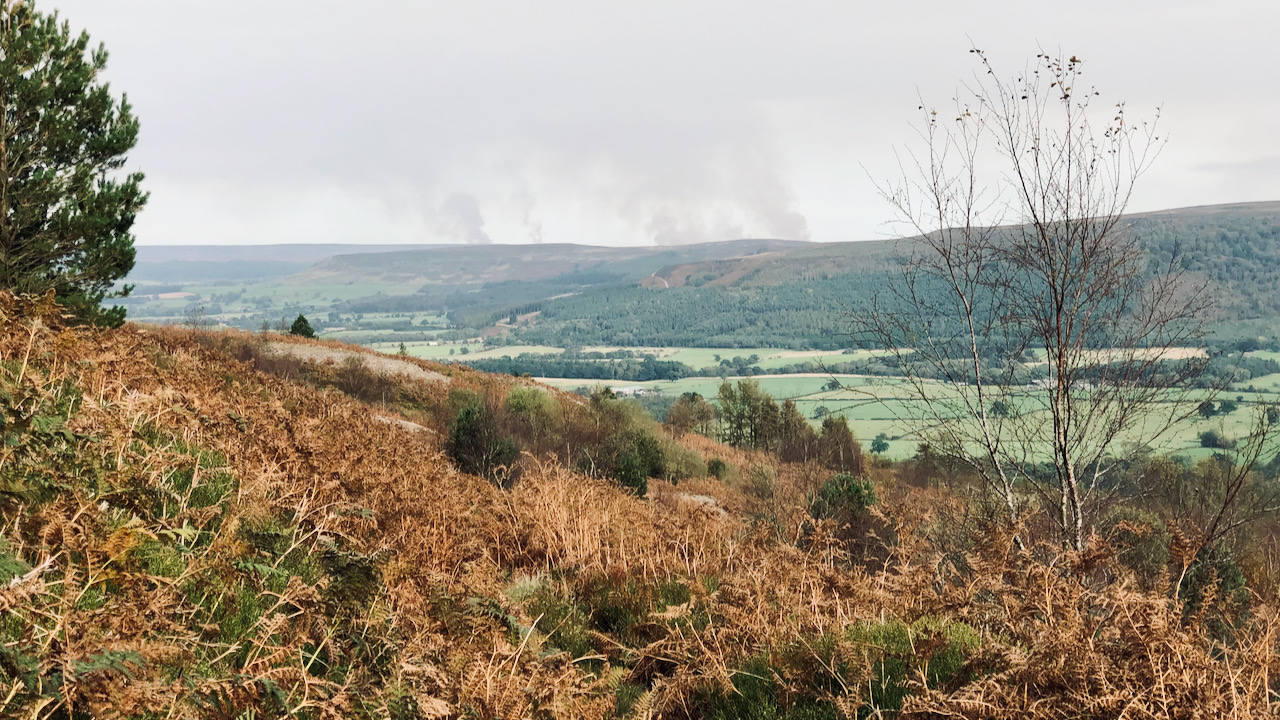
Ah, the joys of heather burning season
It’s the delightful season of heather burning, and I found myself on Hasty Bank, the perfect vantage point to witness the breathtaking spectacle of over a dozen smoke columns gracefully dancing across a vast 180° panorama of the North York Moors, stretching from Gisborough Moor to the majestic Black Hambleton. In the photo above, these…
-
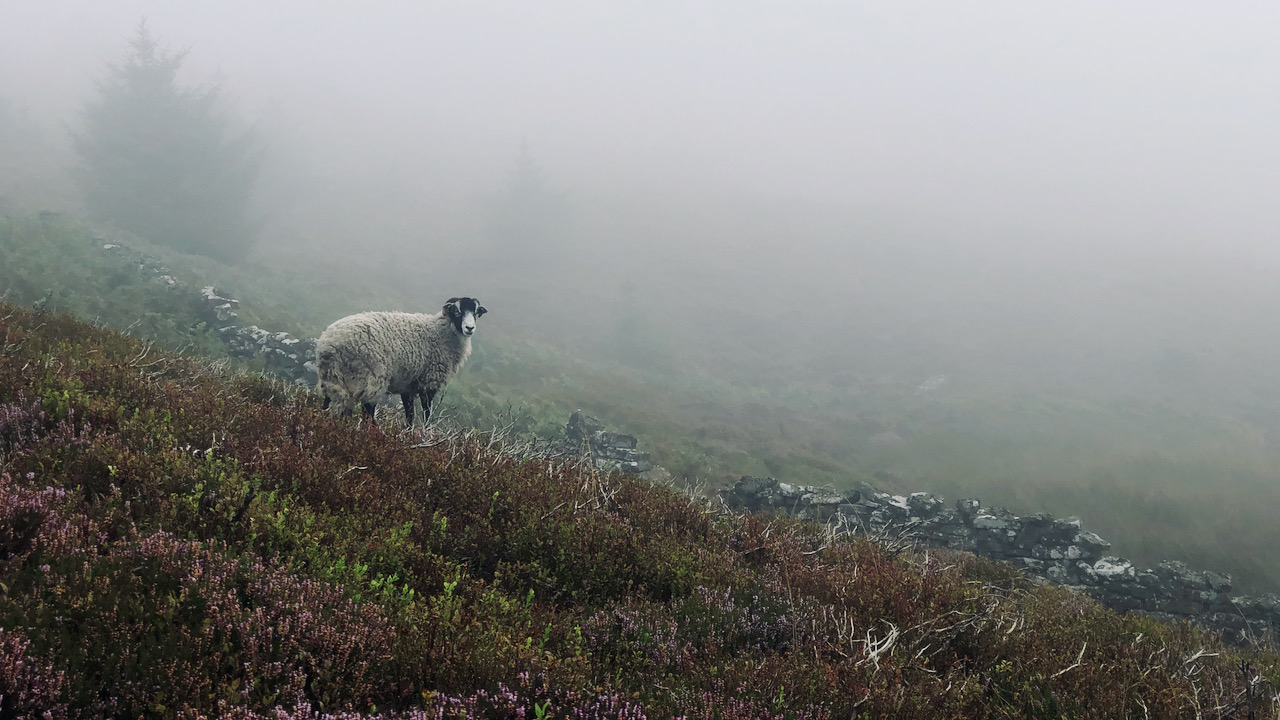
Woolly Olympics—High Jumps and Clever Ewes
“The sheep is said to be naturally dull and stupid. Of all quadrupeds it is the most foolish: it will saunter away to lonely places with no object in view; oftentimes in stormy weather it will stray from shelter; if it be overtaken by a snowstorm, it will stand still unless the shepherd sets it…
-
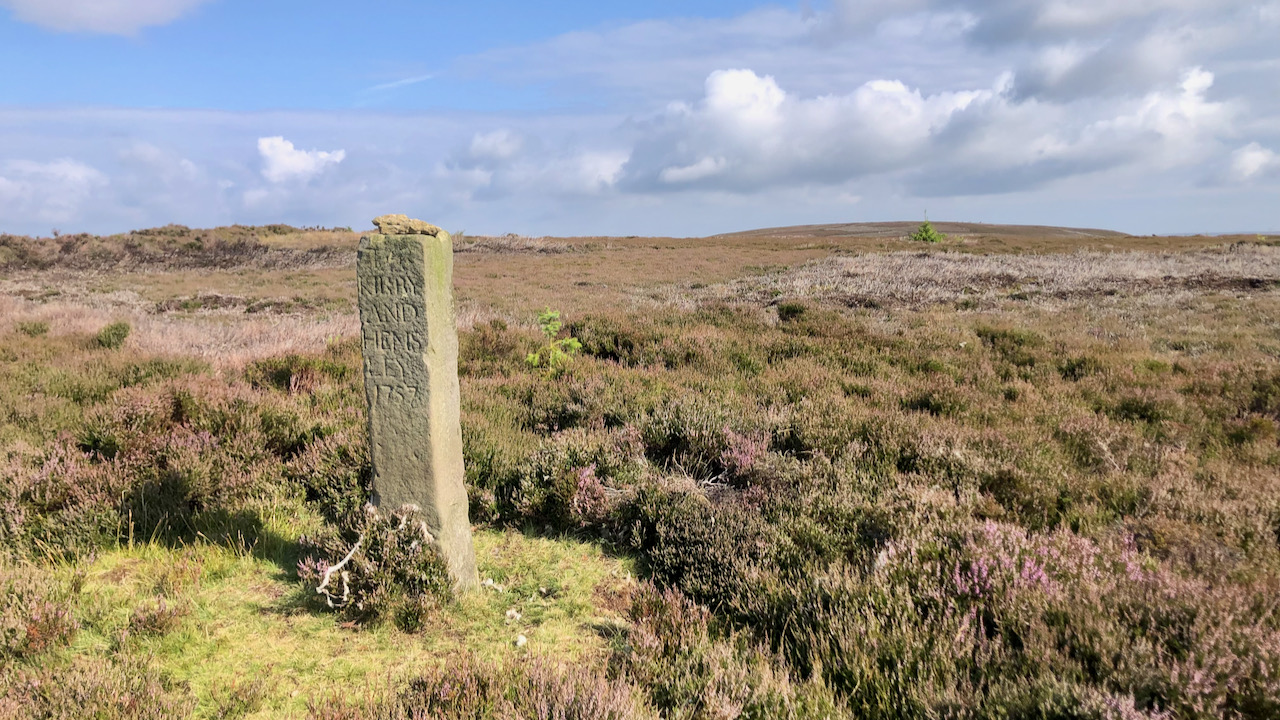
The Hand Stone of Ingleby Moor
On the desolate expanse of Ingleby Moor stands a weathered stone guidepost, rising tall beyond a metre. Its west face bears the inscription “TO INGLEBY AND STOXLEY,” while the east face proudly displays “TO GUISBORO,” and on the south face, the words “TO KIRBY AND HELMSLEY 1757” are inscribed. But what sets this landmark apart…
-
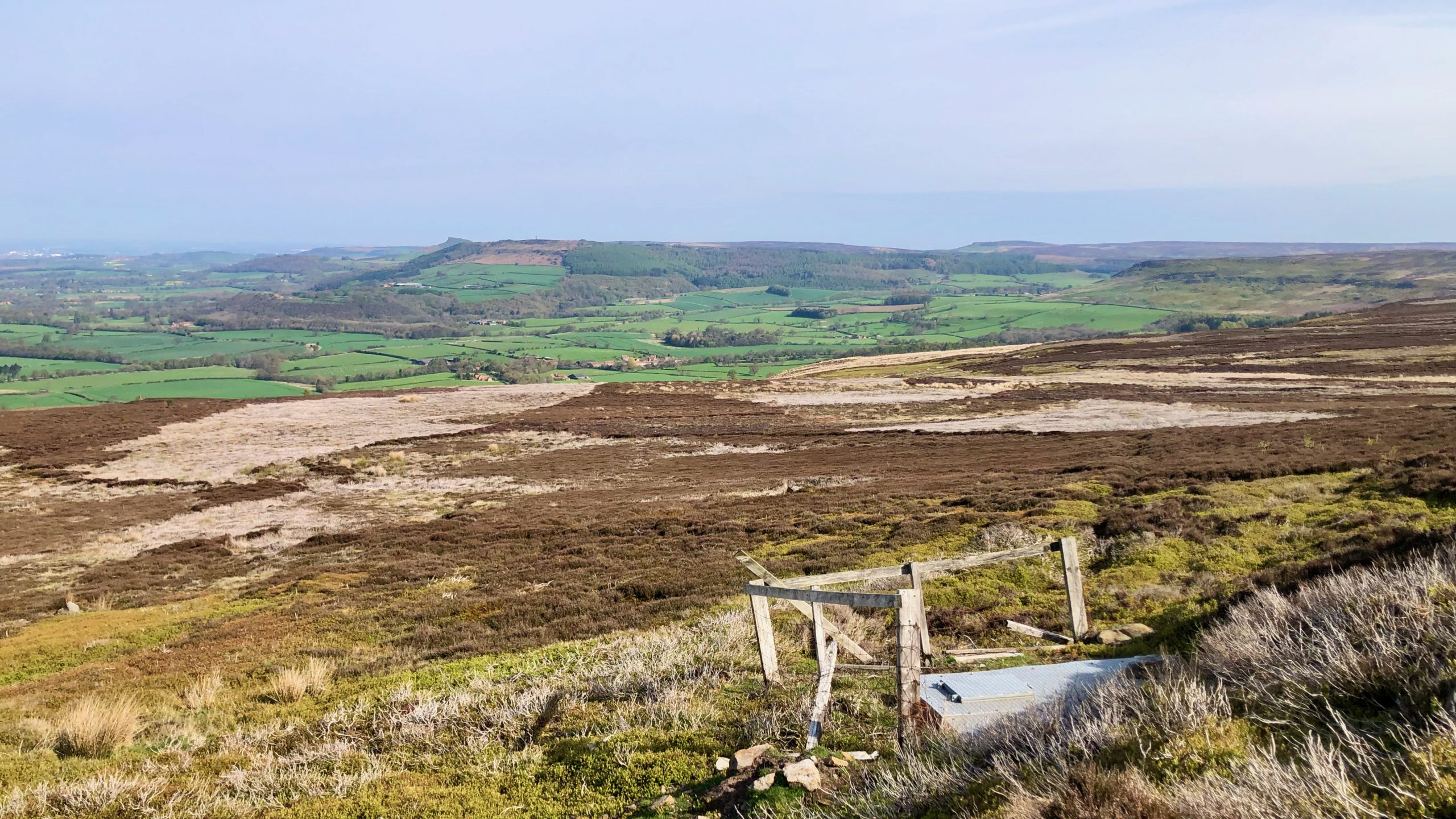
“The Three Sisters”
“The Three Sisters,” Ingleby-Greenhow by George Markham Tweddell Three tiny streamlets, on the barren moor, Were glittering ’neath the bright rays of the sun: Pleasant it was to mark, where’er they run Along the summit of the mountain hoar, How beautiful rich mosses mark’d their way! These steams united, and went trickling on To add…